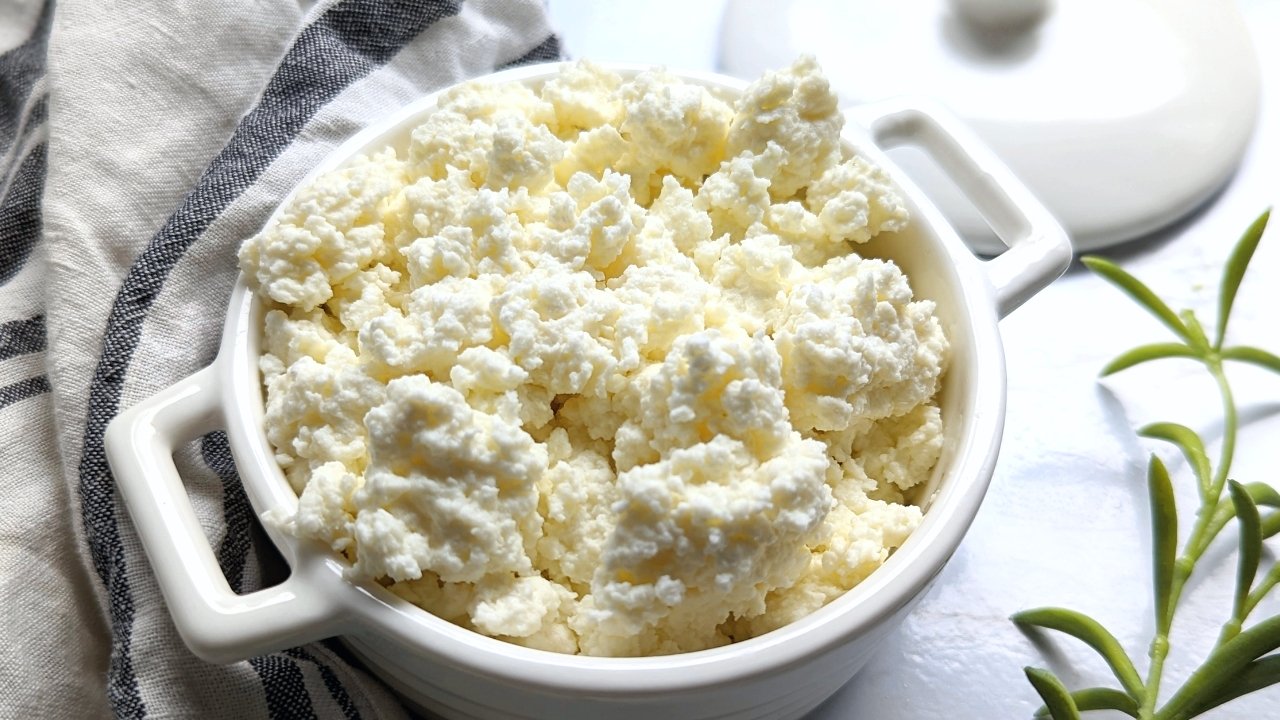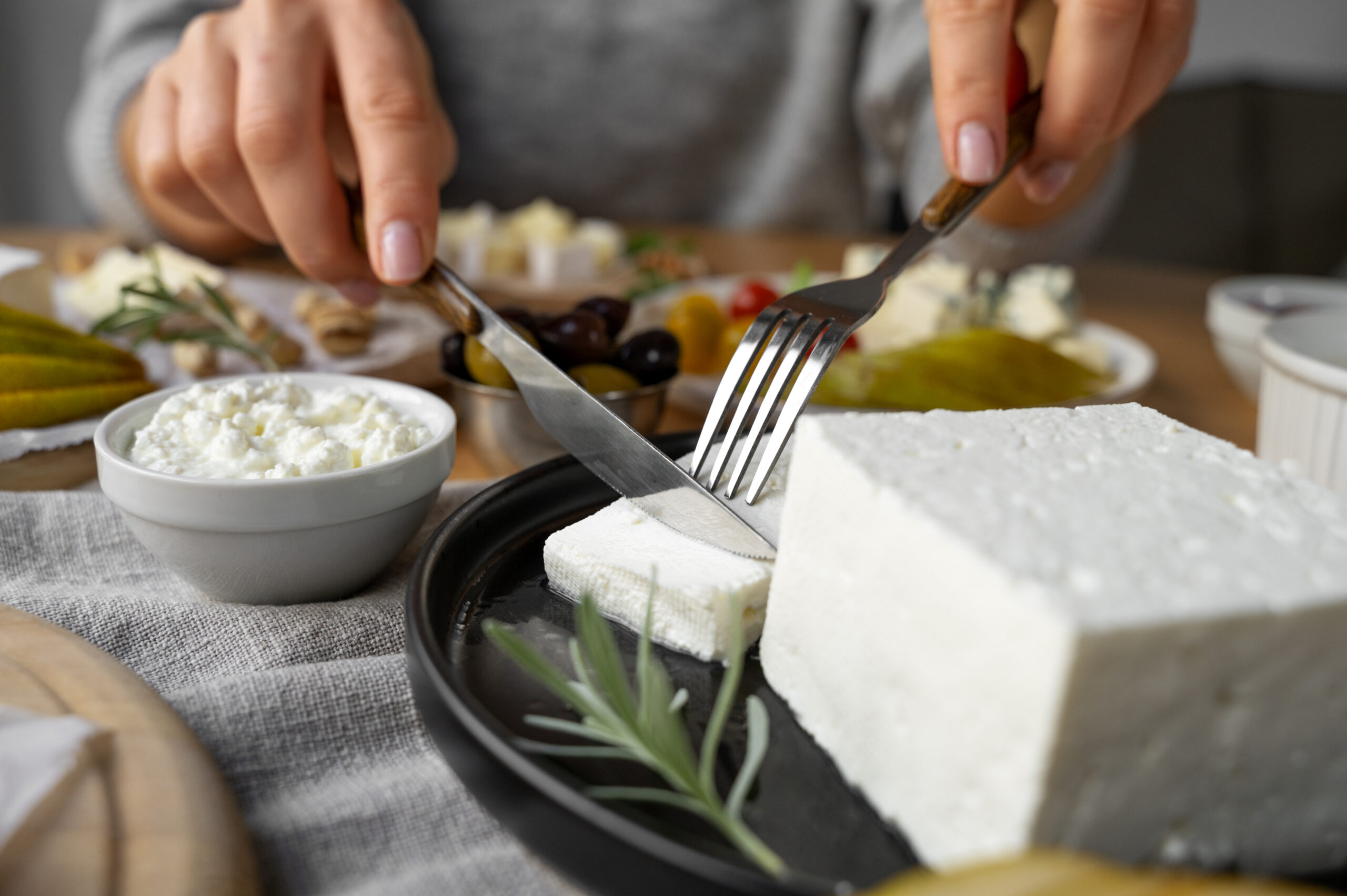The Benefits of Making Organic Cheese at Home
Organic Cheese Making at Home: From Milk to Delight
Cheese is a beloved food that has been enjoyed by people all over the world for centuries. From its humble beginnings as a way to preserve milk, cheese has evolved into a culinary delight that comes in countless varieties and flavors. While many people enjoy buying cheese from the store, there is a growing trend of making organic cheese at home. In this article, we will explore the benefits of making organic cheese at home and why it is worth considering.
One of the main benefits of making organic cheese at home is the control you have over the ingredients. When you make cheese at home, you can choose to use organic milk, which is free from hormones, antibiotics, and pesticides. This ensures that your cheese is not only delicious but also healthier for you and your family. By using organic milk, you can be confident that you are consuming a product that is free from harmful chemicals and additives.
Another benefit of making organic cheese at home is the ability to customize the flavors. When you buy cheese from the store, you are limited to the varieties and flavors that are available. However, when you make cheese at home, you can experiment with different ingredients and techniques to create unique and personalized flavors. Whether you prefer a mild and creamy cheese or a sharp and tangy one, the possibilities are endless when you make your own organic cheese.
Making organic cheese at home also allows you to support local farmers and sustainable agriculture. By using organic milk from local farms, you are not only supporting small-scale farmers but also promoting environmentally friendly practices. Organic farming methods prioritize soil health, biodiversity, and animal welfare, making it a more sustainable choice for cheese production. By making your own organic cheese, you can contribute to a more sustainable food system and reduce your carbon footprint.
In addition to the environmental benefits, making organic cheese at home can also be a fun and rewarding experience. Cheese making is a craft that requires patience, skill, and attention to detail. It allows you to connect with the traditions of cheese making and learn about the science behind the process. From heating the milk to adding the cultures and rennet, every step in the cheese making process is an opportunity to learn and grow as a cheese maker. The sense of accomplishment that comes from creating a delicious cheese from scratch is truly satisfying.
Lastly, making organic cheese at home can be a cost-effective option. While the initial investment in cheese making equipment may seem daunting, it can save you money in the long run. Store-bought organic cheese can be quite expensive, especially if you prefer specialty or artisanal varieties. By making your own organic cheese, you can enjoy high-quality cheese at a fraction of the cost. Additionally, you can make larger batches and store them for future use, ensuring that you always have a supply of delicious cheese on hand.
In conclusion, making organic cheese at home offers numerous benefits. From the control over ingredients to the ability to customize flavors, it allows you to create a healthier and more personalized cheese. By supporting local farmers and sustainable agriculture, you can contribute to a more sustainable food system. The process of cheese making is also a rewarding and educational experience. Lastly, making organic cheese at home can be a cost-effective option in the long run. So why not give it a try and embark on a journey from milk to delight in your own kitchen?
Step-by-Step Guide to Organic Cheese Making from Milk

Organic cheese making at home is a rewarding and delicious endeavor that allows you to have complete control over the ingredients and process. From milk to delight, this step-by-step guide will walk you through the process of making organic cheese from scratch.
The first step in organic cheese making is to start with high-quality organic milk. Look for milk that is labeled as organic and free from any additives or hormones. This ensures that your cheese will be made from the purest and most natural ingredients.
Once you have your organic milk, the next step is to heat it. Pour the milk into a large pot and place it on the stove over medium heat. Slowly heat the milk until it reaches a temperature of around 86°F. It is important to heat the milk slowly and evenly to prevent scorching or burning.
After the milk has reached the desired temperature, it is time to add the starter culture. The starter culture is what gives the cheese its unique flavor and helps to kickstart the fermentation process. You can purchase starter cultures specifically designed for cheese making from specialty stores or online. Follow the instructions on the package to determine how much starter culture to add to your milk.
Once the starter culture has been added, it is time to let the milk sit and ferment. Cover the pot with a clean towel or plastic wrap and let it sit at room temperature for several hours. The length of time will depend on the type of cheese you are making and the desired flavor profile. Generally, the longer the milk ferments, the stronger the flavor of the cheese will be.
After the milk has fermented, it is time to separate the curds from the whey. The curds are the solid portion of the milk that will eventually become cheese, while the whey is the liquid portion. To separate the curds, gently cut them with a long knife or cheese cutter. This allows the whey to drain away from the curds.
Once the curds have been separated, it is time to shape and press them. This step helps to remove any remaining whey and create the desired texture of the cheese. You can use a cheese mold or simply shape the curds by hand. Place the shaped curds in a cheese press and apply gentle pressure. The amount of pressure and the length of time will depend on the type of cheese you are making.
After the curds have been pressed, it is time to age the cheese. Aging allows the flavors to develop and intensify. Place the cheese in a cool, dark place and let it age for several weeks or even months. The longer you age the cheese, the sharper and more complex the flavor will become.
Finally, after the cheese has aged to your liking, it is time to enjoy the fruits of your labor. Slice the cheese and savor its rich, creamy flavor. Organic cheese making at home is a truly rewarding experience that allows you to create delicious and healthy cheese from scratch.
In conclusion, making organic cheese at home is a step-by-step process that starts with high-quality organic milk and ends with a delightful and flavorful cheese. By following this guide, you can embark on a journey of cheese making that is both satisfying and delicious. So why not give it a try and experience the joy of organic cheese making from milk to delight?
Exploring Different Flavors and Varieties of Homemade Organic Cheese
Organic Cheese Making at Home: From Milk to Delight
Cheese is a beloved food that has been enjoyed by people all over the world for centuries. While many people purchase cheese from the store, there is a growing trend of making cheese at home. Not only does this allow for a deeper connection to the food we eat, but it also gives us the opportunity to create unique flavors and varieties. In this section, we will explore the different flavors and varieties of homemade organic cheese.
When it comes to making cheese at home, the possibilities are endless. One of the first decisions you will need to make is what type of milk to use. Organic milk is a popular choice for those who are concerned about the use of hormones and antibiotics in conventional dairy farming. By using organic milk, you can ensure that your cheese is made from the highest quality ingredients.
Once you have chosen your milk, it’s time to decide what type of cheese you want to make. There are countless varieties to choose from, each with its own unique flavor profile. From creamy brie to tangy cheddar, the options are truly endless. One popular choice for homemade organic cheese is mozzarella. This versatile cheese can be used in a variety of dishes, from pizza to caprese salad.
To make mozzarella, you will need to heat the milk and add a starter culture. This culture helps to acidify the milk, creating the perfect environment for the cheese to form. After the milk has been acidified, rennet is added to help coagulate the milk. Once the milk has set, it is cut into curds and whey. The curds are then heated and stretched, creating the characteristic stretchy texture of mozzarella.
Another popular choice for homemade organic cheese is feta. This tangy cheese is often used in Mediterranean cuisine and adds a burst of flavor to salads and sandwiches. To make feta, you will need to heat the milk and add a starter culture, just like with mozzarella. After the milk has been acidified, rennet is added to coagulate the milk. The curds are then cut into small pieces and allowed to drain. Once the curds have drained, they are salted and packed into a container to age.
One of the great things about making cheese at home is that you can experiment with different flavors and ingredients. For example, you can add herbs and spices to your cheese to create unique flavor combinations. You can also experiment with different types of milk, such as goat or sheep’s milk, to create cheeses with a different taste and texture.
In conclusion, making cheese at home is a rewarding and delicious hobby. By using organic milk and experimenting with different flavors and varieties, you can create cheeses that are truly unique. Whether you choose to make mozzarella, feta, or any other type of cheese, the process is sure to be a delight. So why not give it a try and embark on your own cheese-making adventure? You may just discover a new passion and a whole world of flavors waiting to be explored.

